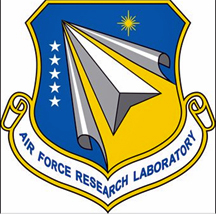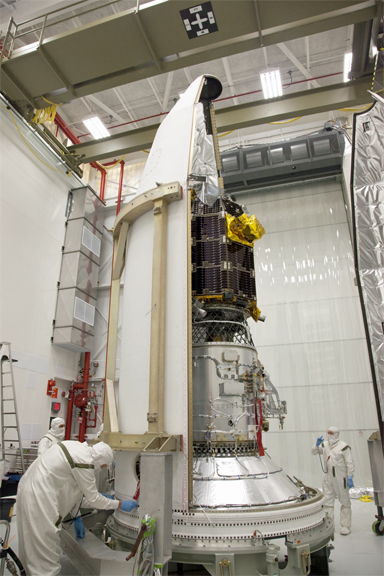
[SatNews] NASA used two Air Force Research Lab-developed motorized lightband separation systems, providing highly reliable low-shock separation for Air Force spacecraft on a mission to the moon launched in late 2013.

NASA’s Wallops Island, Virginia, launch site, where an AFRL-developed separation system was launched with the Lunar Atmosphere Dust Environment Experiment.
Photo is courtesy of Terry Zaperach.
The motorized lightband is the premier, low-shock (non-pyrotechnic) separation system for spacecraft up to 1,200 pounds. This system minimizes structural overdesign, reduces the potential for component breakage, and eliminates the need to store and manage pyrotechnic devices in Air Force facilities. The innovative system is lowering costs and simplifying payload integration for Air Force satellite systems. AFRL developed the lightband separation systems with Planetary Systems Corporation under an AFRL Space Vehicles Directorate Small Business Innovation Research effort.
The lightband separation systems have been used on many space programs, including AFRL's ANGELS, DSX, TacSat-2 and TacSat-3, as well as NASA's GRAIL and IBEX, the Operationally Responsive Space Office satellites ORS-1 and JumpStart, and the Air Force Space and Missile Systems Center's STP-1 and STP-S26.
The AFRL-developed motorized lightband separation systems were launched on NASA's Lunar Atmosphere Dust Environment Experiment (LADEE) mission on a Minotaur V rocket from Wallops Island, Virginia, on September 7, 2013. The LADEE mission will gather detailed information about the lunar atmosphere, conditions near the surface, and environmental influences on lunar dust.
The AFRL infosite is located at http://www.wpafb.af.mil/afrl/

